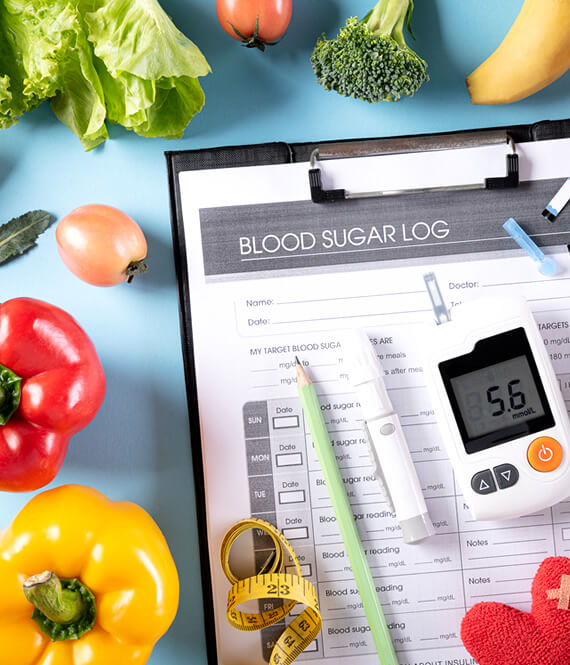
Long COVID – Are you Symptomatic?
We recommend helpful products in our articles. Read our full disclosure here. The content on this website is not intended to be a substitute for professional advice, diagnosis, or treatment.
COVID changed our lives in a number of ways.
We were isolated; we had to avoid crowds; many restaurants and entertainment venues shut their doors.
We missed human contact.
Imagine if this had happened decades ago and we didn’t have our cell phones and social media accounts.
During this round of “plague,” we clung to our phones and social accounts to keep sane.
Another phenomenon during COVID was the huge rise in the use of online dating.
These apps promised and delivered friendship and romantic matches, along with video chatting and discussion “rooms.”
Strangers could become friends and digital dating partners, widening people’s social circles.
Now, even after COVID, these apps continue to grow – a good outgrowth of the pandemic.
But there is another outgrowth that has not been so good.
It’s called Long-Haul COVID, and it has hit hundreds of thousands.
Long COVID is the term used to describe a host of symptoms that people who have had and recovered from the illness continue to experience long afterward.
There are plenty of them, and they range from neurological issues to digestive complications.
Among the most prevalent are generally feeling bad after physical exertion, fatigue, “brain fog,” dizziness, gastrointestinal symptoms, loss of taste or smell, vision impairment, thirst, chronic cough, shortness of breath, and muscle and joint pain.
Undoubtedly, these symptoms have impacted people’s everyday lives.
It is estimated that if only 1% of people in the U.S. have long COVID, that is about 800,000.
Most Common Long COVID Symptoms
Here are the most common long COVID after-effects that have an impact on victims’ normal lives.
Brain Fog
This is perhaps the worst of the after-effects because it impacts the ability to focus, think clearly, and function in positions that require such clarity on the job.
Difficulties with memory, word retrieval, and general alertness.
Some people with brain fog are easily distracted too, and they may exhibit traits of ADD.
When people with brain fog are still in the workforce, the consequences can be devastating.
Fatigue
Chronic fatigue is really debilitating.
There’s nothing worse than feeling the need to nap throughout the day when you have responsibilities and tasks to complete.
And fatigue can look a lot like brain fog, with all of those related symptoms.
Shortness of Breath After Exertion
Anyone who is used to working out, walking, jogging, or any other type of physical exercise will be devastated when they cannot perform these physical activities without becoming short of breath and being forced to stop and at least rest until regular breathing is regained.
It disrupts a victim’s routine and can bring about frustration and stress.
Sense Deprivation
Loss of taste and smell can be irritating, but they are certainly not as problematic as the first three listed above.
When hearing and vision are impacted, though, it can negatively impact daily activities and routines a lot.
Imagine not being able to drive because of vision issues; imagine having to ask others to continually repeat what they have said or having difficulty hearing what is said during a meeting at work.
Who’s at Risk?
While at first these long-haul symptoms were seen primarily in older people, in those who had mobility issues before they contracted COVID, and those who had been hospitalized due to the severity of the disease.
But soon, doctors and researchers began to see them in younger people who were generally healthy and who had milder cases.
Long-haul symptoms are also more common in those who were not vaccinated before getting the disease.
And those who were vaccinated following the disease still showed long-haul symptoms.
What Can Be Done?
There are some things that can be done at home.
Obviously, hydration is critical, especially if one of your symptoms is thirst, but even if it is not.
A healthy diet is also critical – high in fruit, vegetables, and healthy proteins.
The other factor is getting enough, good sleep.
At this point, there is no medical protocol to treat long-haul symptoms, but research continues in the hopes that there will be an answer and a treatment.
Another encouraging fact – most people who develop long-haul symptoms are usually over them within months.
Of course, some do not and the effects continue even after a couple of years.
But, if you are experiencing them right now, know that statistics say there is light at the end of the tunnel.
"We love to research problems, examine studies, analyze solutions, and share with you ideas that make life healthier. You can learn about us and our editorial standards here. Have suggestions or feedback to share? Send us a message!."













Leave a Comment